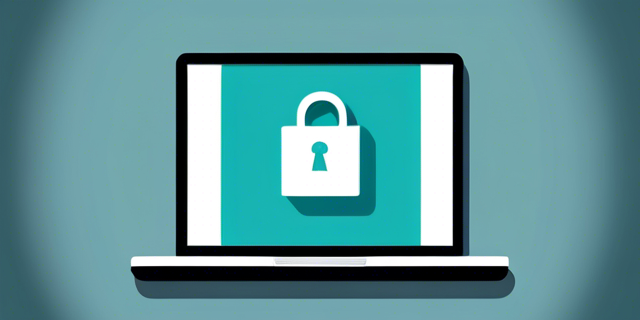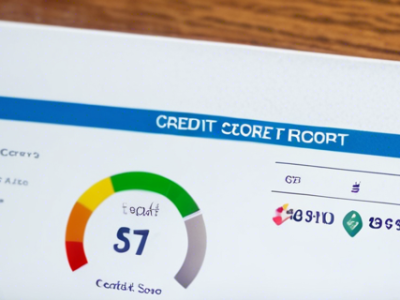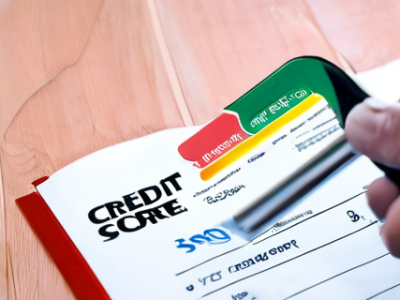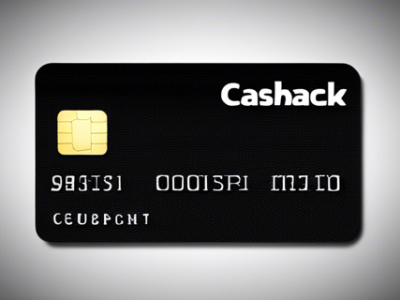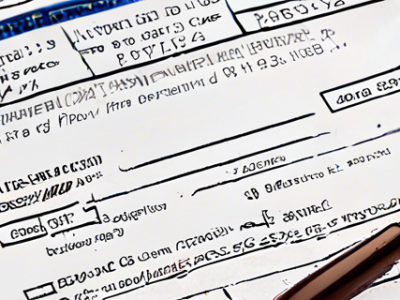How to Get a $20,000 Personal Loan

Personal Loan
Getting approved for a $20,000 personal loan can be a major hurdle for many applicants, especially those with less-than-perfect credit histories. However, having a clear understanding of the available options, taking key steps to improve your eligibility, and doing thorough research can significantly increase your chances of successfully qualifying for financing.
While a personal loan of $20,000 is considered high for most individual applicants, getting approved for a loan of this size is achievable with the right planning and approach.
Assessing If You Actually Need Such A Large Personal Loan

Personal Loan
Before diving into the application process for a $20,000 unsecured personal loan, carefully assess why you need such significant financing in the first place. These larger sums of money do come with higher risks in terms of repayment and interest costs over time.
Determine if other options like consolidating debts, borrowing against existing assets, or even making certain lifestyle changes could minimize the actual loan amount needed. Setting a realistic budget plan is also key to ensuring you can handle the loan payments each month.
While $20,000 loans make sense in many situations – such as to pay off extremely high credit card balances, handle major emergency expenses, or to consolidate other debts – make sure you explore alternative options first before taking on major financing.
Understanding Minimum Eligibility Requirements
While getting approved for $20,000 in personal loan financing is certainly possible, most traditional banks and online lenders do have baseline eligibility requirements applicants must meet:
- A minimum credit score of 660 – 700 is generally needed for approval
- A stable and reliable source of income
- Low amounts of existing debt obligations and liabilities
- A debt-to-income ratio (DTI) of 40% or less is preferred
- At least 3 – 5 years of established good credit history
- No recent bankruptcy filings or foreclosures
Applicants that fall short of multiple criteria may have a very difficult time getting approved, especially from traditional lenders. However, specialized lenders, credit unions, and community banks could still be options in these instances.
How To Check And Improve Your Eligibility
Since even minor differences in your credit score, income, or debt levels can impact approval odds and loan terms, take the following key steps:
- Obtain copies of your credit reports from AnnualCreditReport.com to check all current accounts and entries
- Review credit scores from major bureaus to address any inaccuracies dragging these numbers down
- Pay down existing revolving debts to lower your overall credit utilization
- Engage credit repair agencies to challenge or remove inaccurate, invalid, or outdated information
- Hold off any new financing applications until your credit profile is stronger
- Keep timely payments on all current debts
- Verify your debt-to-income ratio via sites like NerdWallet’s calculator
- Request credit limit increases on current cards to further lower this ratio
Taking a few months to proactively improve your overall credit health and payment history can significantly boost eligibility for that $20k personal loan request.
Choosing Between A Traditional Bank or Online Lender
When applying for $20,000 in personal loan financing, most applicants first consider either their own national or regional retail bank, or one of the many online lending platforms such as Lending Club, Prosper, SoFi, Lightstream etc.
However, both options have certain tradeoffs to weigh:
- Banks offer reliability and reputation but can have strict qualification barriers. Application and approval times also tend to be longer.
- Online lenders provide quicker loan decision turnarounds and user-friendly sites, but may charge higher interest rates or fees to offset riskier applicant pools.
Other factors like required repayment term lengths, level of customer service, actual interest rates offered, and flexibility on credit requirements can also vary significantly between individual banks and lenders.
Spend time shopping and comparing loan conditions across multiple online and offline institutions rather than just applying to one and hoping for approval. Submitting a single application triggers a hard credit check which can negatively impact your score if too many pile up within a short timeframe.
Steps To Improve Your Chances For a 20K Personal Loan
Beyond meeting baseline eligibility criteria, additional actions can greatly boost your odds of getting approved financing for $20,000. Among the most impactful are:
Enlisting A Cosigner or Co-Applicant
Adding another signer with a stronger financial profile drastically improves qualification chances and available rates. This person takes equal responsibility for repaying the debt. Common options are spouses, parents, relatives, or very close friends.
Providing Collateral To Offset Risk
Assets like cars, marketable securities, or savings provide the lender recourse if you default. This allows them to take on applicants with poorer credit or income profiles not usually eligible for unsecured financing. Home equity loans use your property as collateral.
Documenting The Reasons Clearly
Detail exactly what the $20k will be used for and why it’s needed to give context and urgency around such a large funding request. Avoid vague explanations or using it to simply pay existing debts. Tie it to major life events like relocations, weddings, educational expenses etc.
Starting With Smaller Loan Amounts First
If your credit history and income sources are limited or inconsistent, gradually build up from smaller installment loans of a few thousand dollars initially. Timely repayments needed to qualify for the next incrementally bigger financing request.
Examining Finance Term Length Flexibility
A key advantage of personal loans is flexibility on setting repayment periods. While options span 12 to 72 months typically, longer terms paired with bigger loan amounts mean considerable extra interest costs but smaller monthly payments.
Borrowers wanting the lowest rates should repay funds as quickly as possible, often 24 months or less. However those needing to minimize each installment due to budget constraints may opt for 48 or 60 month payment schedules. Lenders determine exact eligible terms on a case-by-case basis during underwriting.
Analyze both short and long-range budgeting considerations, and recognize repaying $20k stretched over just 24 months versus 6 years makes a massive difference in total interest paid despite the smaller per-month sums.
Providing Supporting Documentation
Lenders generally request certain financial or identity documents to help vet applicants requesting $20,000 in personal loan financing, including:
- Federal tax returns or W2s covering the most recent years
- Multiple pay stubs proving current income
- Bank account and investment statements
- Valid government ID, social security info
- Existing bills demonstrating major financial obligations
Compiling as many supplementary materials as possible upfront streamlines verification and demonstrates good faith. Digital submission portals make attaching images or PDF files simple.
However, also be selective about sharing oversensitive personal data and utilize lender privacy controls like encrypted uploads, limited third party disclosures etc. Don’t just hand everything over blindly without regard for proper usage or restrictions.
Considering Secured Loan Alternatives
Prospective borrowers unable to qualify for traditional unsecured $20,000 personal loans still have alternatives like secured financing options tied to an existing asset:
401K/Retirement Plan Loans
These require no credit check and offer low stable interest. Downsides are losing market investment gains and penalties for failing to repay.
Pledged Asset Lines
These finance a percentage of eligible investment account balances like stocks or bonds. Dropping portfolio values lower available funding however.
Home Equity Loans/Lines
Your home guarantees these loans, meaning foreclosure risks if you default. Closing costs and fees can also be very steep as compared to other products.
While less convenient, backing your $20k funding request via valuable personal assets gives greater approval odds if you lack income/credit qualifications otherwise. Just ensure you fully understand risks like surrendering ownership rights.
Common Mistakes To Avoid
When pursuing $20,000 in personal loan financing, keep the following key missteps in mind:
- Paying unnecessary fees for third party loan brokers or upfront processing services when applying directly costs nothing
- Failing to truthfully report all financial obligations and liabilities which could constitute fraud
- Not reading fine print about repayment schedules, interest calculations, or loan extensions/refinancing which vary by lender
- Taking the full $20k sum without considering if a lesser amount could meet more immediate needs



